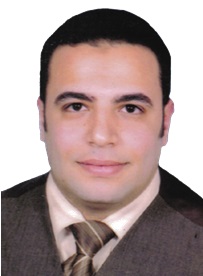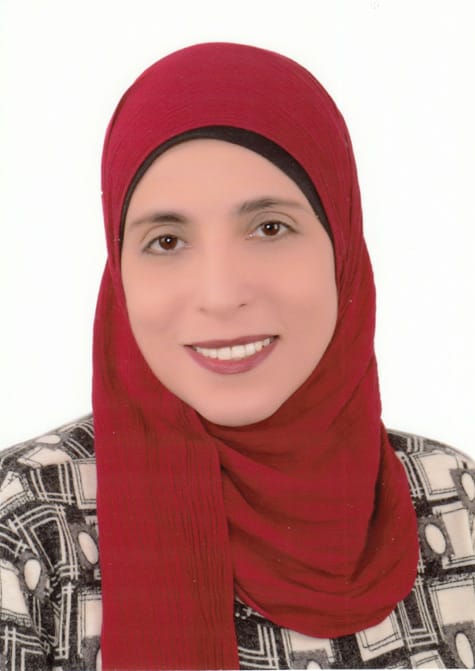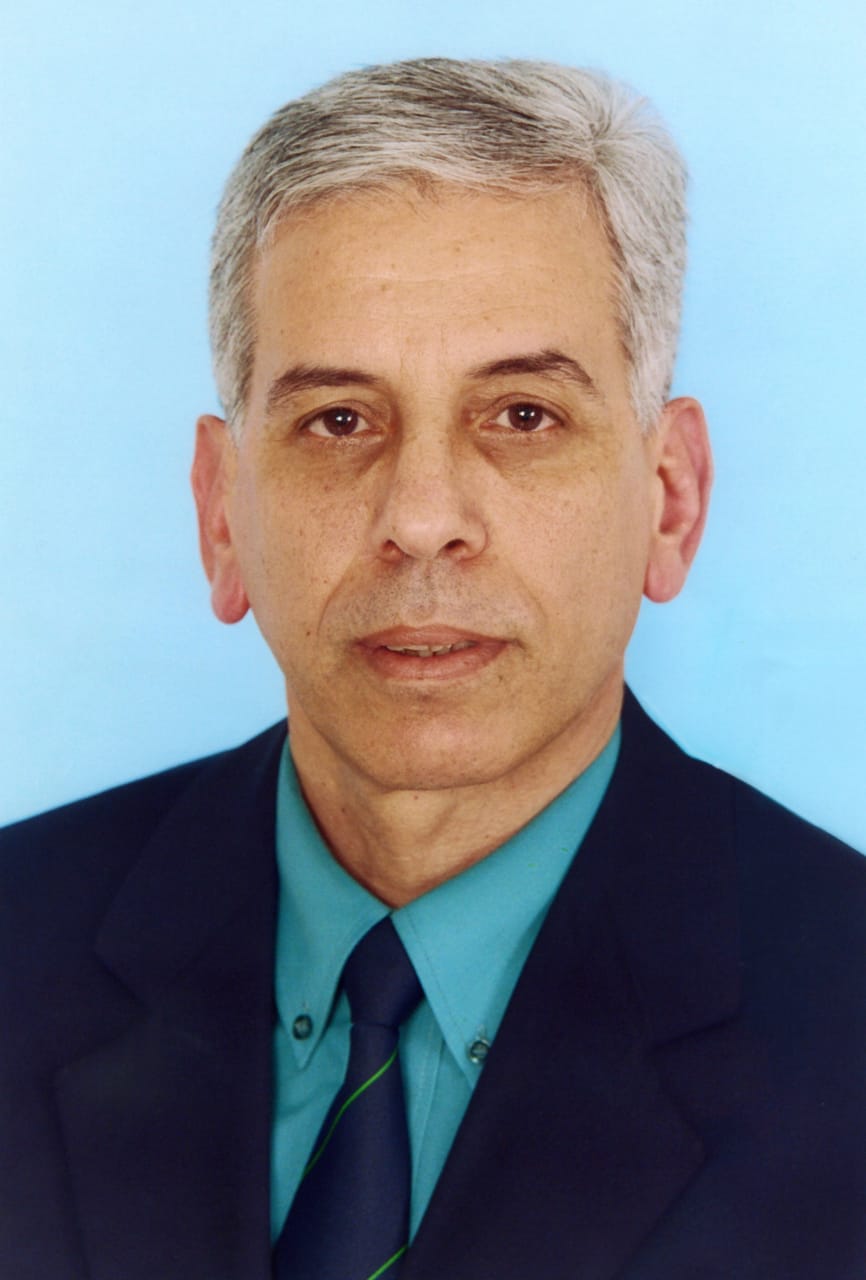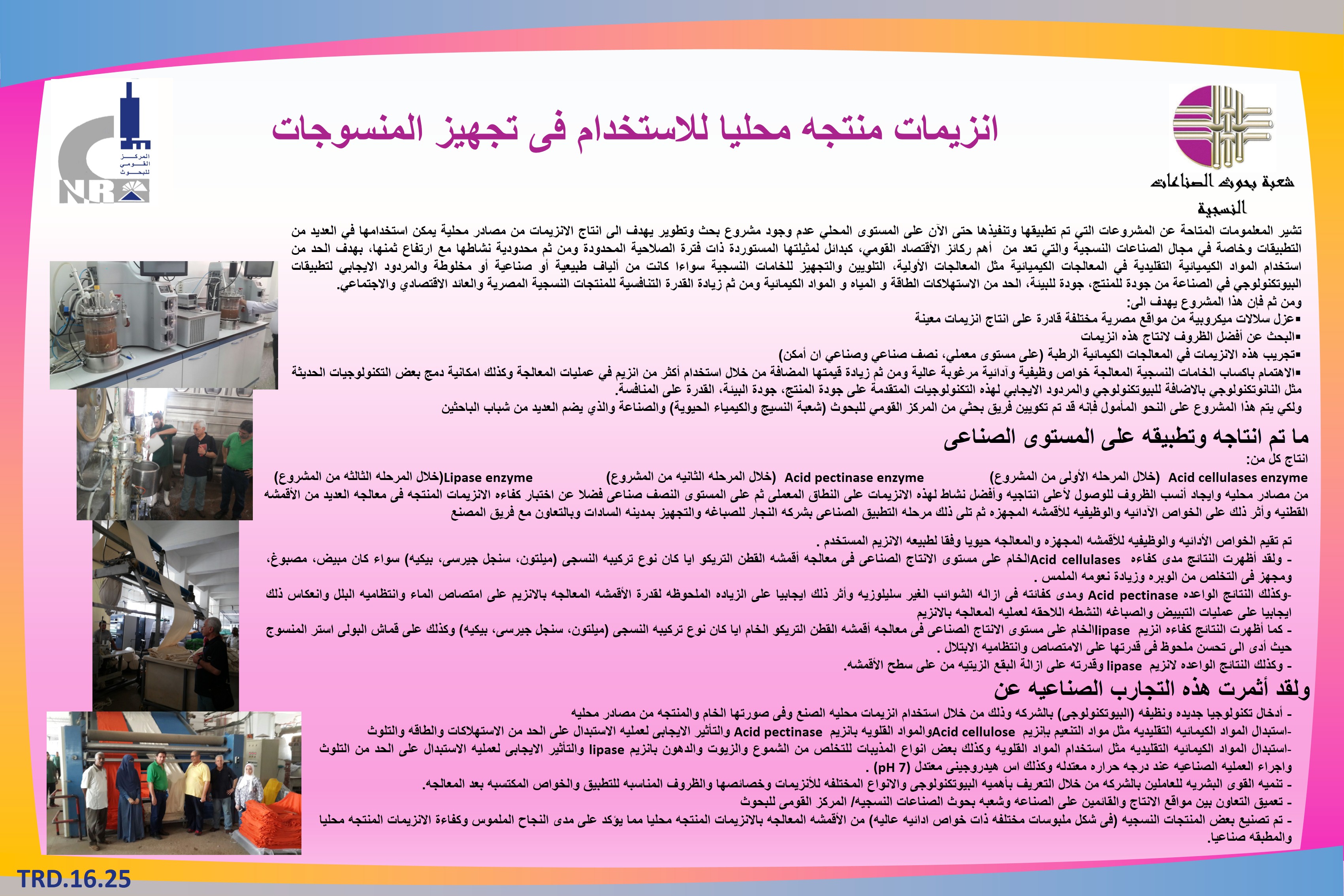Project objective
Isolation of microbial strains from different Egyptian sites capable of producing specific enzymes
Searching for the best conditions for the production of these enzymes
Experimenting with these enzymes in wet chemical treatments (at a laboratory, semi-industrial and industrial level).
if possible(
Paying attention to providing the treated textile materials with highly desirable functional and performance properties, and then increasing their value.
Additives through the use of more than one enzyme in the treatment processes, as well as the possibility of integrating some technologies
Modern technology such as nanotechnology in addition to biotechnology and the positive return of these advanced technologies
On product quality, environmental quality, competitiveness.
In order for this project to be completed as hoped, a research team has been formed from the National Research Center (Division
Textile and biochemistry) and industry, which includes many young researchers
What has been produced and applied at the industrial level
Produced by:
enzyme cellulases Acid (during the first phase of the project)
enzyme pectinase Acid (during the second phase of the project)
enzyme lipase (during the third phase of the project)
from local sources and finding the most suitable conditions to reach the highest productivity and the best activity of these enzymes on the scale
The laboratory then at the semi-industrial level, as well as testing the efficiency of the enzymes produced in the treatment of many
Cotton fabrics and its effect on the performance and functional properties of processed fabrics, then the application phase follows.
Al-Najjar Company for Dyeing and Finishing in Sadat City, in cooperation with the factory team









